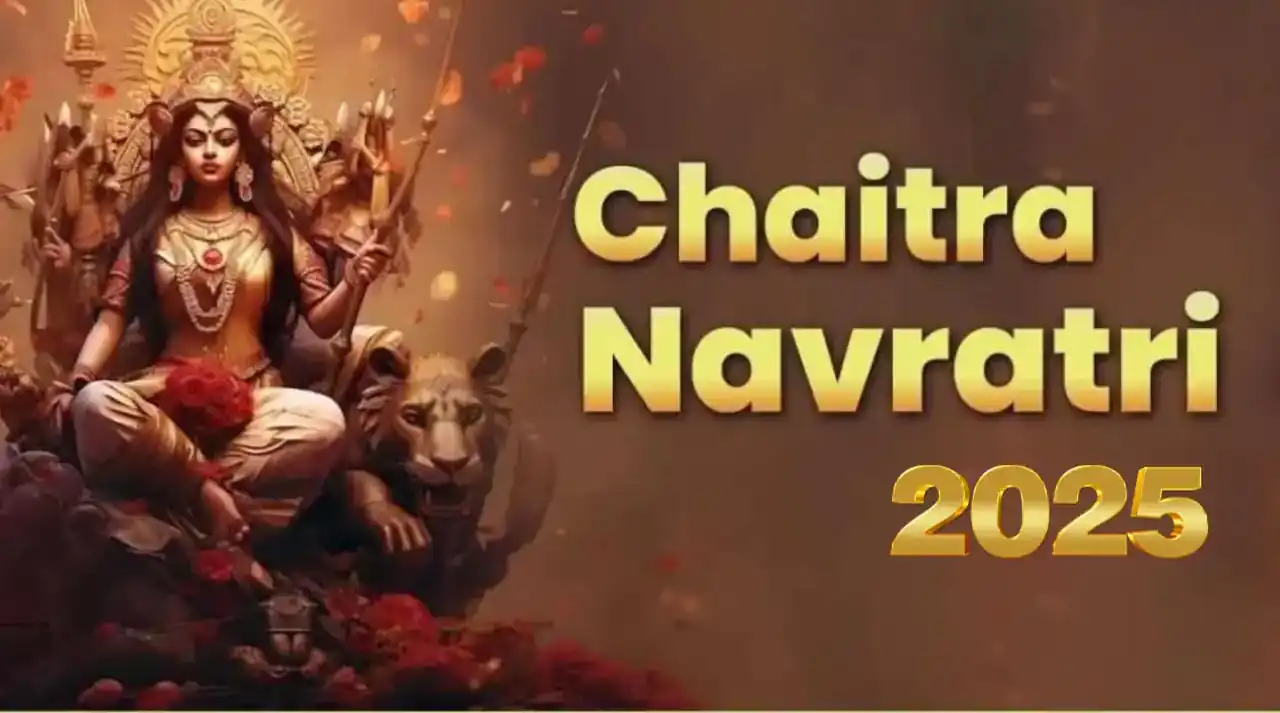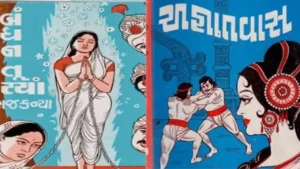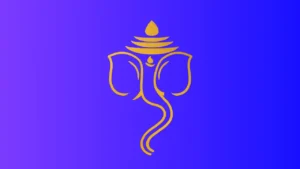India is a country with so many festivals, traditions and rituals. Today, we will talk about the Navratri. Navratri in 2025 is from 22nd September, Monday to 1st October, Wednesday
Navratri is a Hindu festival, which means nine nights. Hence, it is a nine-night festival. Each night of celebrations is dedicated to a specific form, purpose or aspect of Durga’s characteristics. Durga is the female goddess according to the beliefs of the Hindu “Shakti” sect. She is strong, beautiful, fierce, and the mother of the great gods. Navaratri represents the celebration of Shakti (energy). These nine nights are counted from the day after the new moon day or “Amavasya.” These first nine days of the lunar cycle are considered feminine. This is a special period for Devi, who represents the feminine nature of Divinity.
It is a festival of triumph of good over evil, which means a moment of joy and happiness for the natives. As said, each day of Navratri is dedicated to forms of Durga. Hence, this festival is dedicated to the nine forms of Goddess Durga during which chants and sacred mantras are performed and the great value of Maa Durga is worshipped. During those nine days of Navratri or Navaratri, devotees begin a fasting ritual —they must avoid eating onion, garlic, salt, legumes and grains.
Furthermore, during these nine days, the different avatars of the goddess Durga are honoured. These are:
- Goddess Shailputri (day 1).
- Goddess Brahmacharini (day 2).
- Goddess Chandraghanta (day 3).
- Goddess Kushmanda (day 4).
- Goddess Skandamata (day 5).
- Goddess Katyayani (Day 6).
- Goddess Kaalratri (Day 7).
- Goddess Mahagauri (Day 8).
- Goddess Siddhidatri (Day 9).
Significance of Navratri
According to Hindu mythology, Navratri symbolises the victory over evil. It is believed that the goddess Durga defeated the demon king Mahishasura during a long battle of several days. Lord Brahma granted immortality to the demon king Mahishasura on the condition that he could only be defeated by a woman.
The demon accepted and immediately attacked the three Trilok spheres representing Earth, Heaven and Hell without anyone being able to defeat him, then Lord Brahma, Lord Vishnu and Lord Shiva combined their powers to create Goddess Durga. That is why Goddess Durga also known as “Shakti”. After 15 days of battle, goddess Durga was able to defeat the demon king by killing him with her Trishul, specifically during the day of Mahalaya – a very important time in which people honour their deceased relatives.
Navratri Rituals
Navratri is a most popular festival among the Hindu Women. There are a variety of rituals, prayers and traditions for the Navratri. It is important to note that there are several rituals, depending on the region and each family. Let’s talk about the Navratri rituals-
- Fasting: IT is one of the common practices to see during the Navratri. To devote the prayer to the Goddess Durga, people were fasting. They restrict certain foods and limit their intake for the nine days of Navratri. One who is not on a fast also restricts certain foods to eat like onions and garlic. It is a ritual to consume a meal as a form of penance and purification.
- Puja and Prayer: It is common to see daily puja and aarti from every Hindu home during the Navratri. To honour the Goddess Durga and bring her blessing home, people perform daily prayers. People seek her blessings for protection, prosperity, and spiritual fulfilment.
- Garba and Dandiya Raas: Colorful folk dances like Garba and Dandiya Raas are performed during Navratri. It is quite famous around India, especially in Gujarat. It is a dance where a number of people dance in a circle to rhythmic music. Everyone should see the Navratri vibe once in a lifetime.
- Golu: It is a festive display of dolls and figurines. It is quite famous in South India with scenes from Hindu mythology and traditional life.
- Pandals: Durga pandals or temporary shrines are set up by Bengali people during Navratri. Bengali people enjoy Navratri with red colour holi. They set up idols of the goddess Durga and pray to it daily at Bengali gatherings. Devotees offer prayers, perform rituals, and recite hymns, seeking blessings for prosperity and protection.
- Asthmi Puja: On the eighth day of Navratri, people worship goddess Durga and the nine girls. It is also known as Navratri Kanjak. Child girls are pure souls and devoid of any negative emotions which is why people worship them. This day always brings back happy childhood memories.
- Vijayadashmi: The tenth day of Navratri, known as Vijayadashami or Dussehra. It is also a day of victory over evil when Lord Rama kills Ravan. It is celebrated just after the Navratri ends.
Why We Celebrate Navratri- The Nine-Day Festival?
Navratri is a special festival for the Hindus. It is a day of worship, happiness, and togetherness. Navratri symbolizes the victory of good over evil and the divine feminine energy. Do you know why it is all about the feminine? Let’s know about why we celebrate the Navratri-
As we know, on Navratri we devote ourselves to the Goddess Durga. Navratri is the victory of the goddess Durga over the buffalo demon Mahishasura. Mahishasura, a powerful demon, unleashed a reign of terror on Earth, threatening the balance of cosmic order.
According to Hindu mythology, Mahishasura has a blessing from Lord Brahma that he cannot die by a man. After Vardan, he attached the trilok. In response, the gods create the divine feminine energy, embodied by Durga to restore peace when three gods- Brahma, Vishnu and Shiva are unable to detect him. On the last day of Navratri, Goddess Durga kills the buffalo demon king and restores harmony to the universe. Goddess Durga fought a battle against Mahishasura, which lasted for nine days and nights. That is why, Navratri is the celebration of good over evil.
Each day of Navratri is dedicated to a different form of Goddess Durga known as Navadurga. It symbolizes various aspects of divine energy and feminine power.
For Hindus, Navratri is a time of spiritual significance. It is a reminder of the eternal battle between light and darkness, virtue and vice, and the ultimate victory of divine forces over demonic powers.





